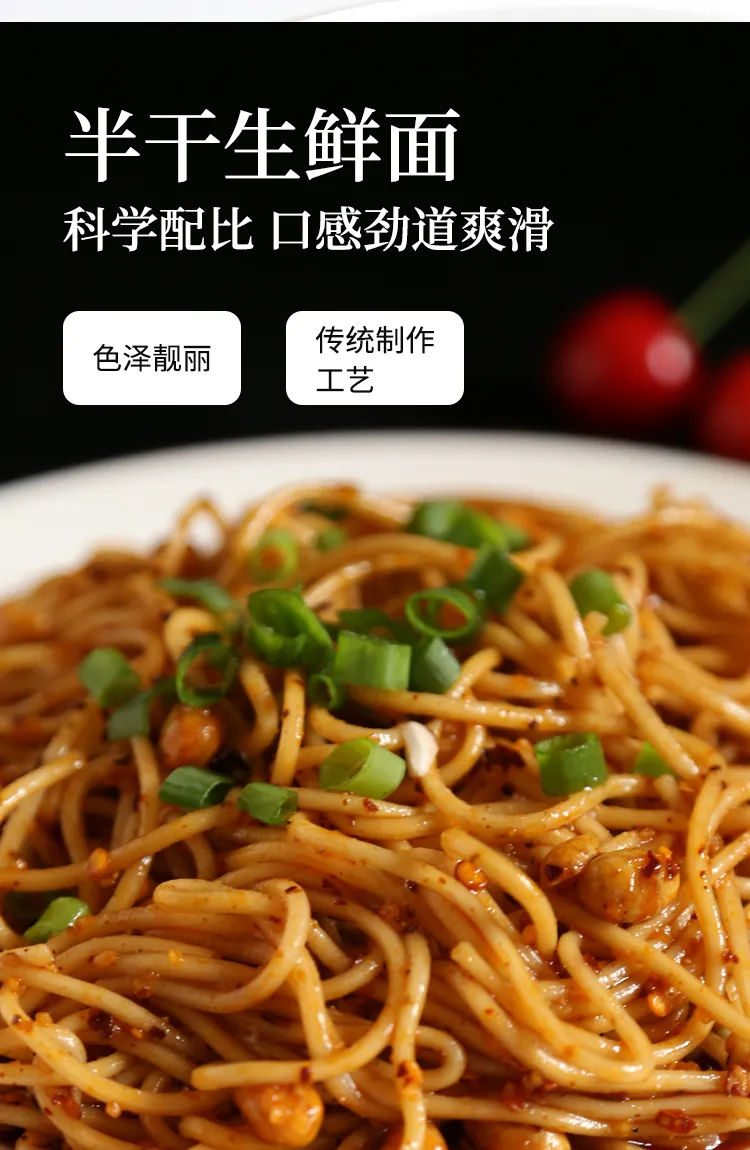Everything You Need to Know About Konjac Noodles and Their Health Benefits
What Are Konjac Noodles?
Konjac noodles, also known as shirataki noodles, have gained significant popularity in the health and wellness community, particularly among those seeking low-calorie and low-carbohydrate alternatives to traditional pasta. But what exactly are these intriguing noodles, and why are they considered a staple in numerous diets?
Origins of Konjac
Konjac noodles are derived from the konjac plant, also known as Amorphophallus konjac, which is native to Asia, particularly Japan and China. The plant’s corm, a tuber resembling a bulb, is rich in glucomannan, a natural soluble fiber that plays a crucial role in the creation of konjac noodles. For centuries, konjac has been utilized in Asian cuisine, making its way into various dishes, health products, and even jelly-like desserts.
How Are Konjac Noodles Made?
The process of making konjac noodles is relatively simple. First, the konjac root is harvested and processed to extract glucomannan. The extracted fiber is then mixed with water and sometimes calcium hydroxide to form a gel-like substance. This gel is shaped into noodle forms — hence, the noodles we enjoy today. These noodles can appear translucent and are often sold packed in water to maintain their texture and prevent them from drying out.
Nutritional Profile
One of the standout features of konjac noodles is their remarkable nutritional profile. They are predominantly made up of water and glucomannan, which means they are incredibly low in calories — often less than 10 calories per serving. Moreover, they contain little to no carbohydrates, making them an appealing choice for those following ketogenic or low-carb diets. The glucomannan in konjac noodles is also a soluble fiber, which has been linked to numerous health benefits, including improved digestion, weight management, and even lowering cholesterol levels.
Health Benefits
konjac noodles what is it

1. Weight Management Since konjac noodles are low in calories and high in fiber, they can help you feel full without adding significant calories to your meal. This can be a valuable tool for those looking to lose or maintain weight.
2. Digestive Health The soluble fiber in konjac can aid digestion by promoting regular bowel movements and preventing constipation. Additionally, glucomannan may enhance gut health by acting as a prebiotic, which supports beneficial gut bacteria.
3. Blood Sugar Control Eating konjac noodles can help stabilize blood sugar levels. The fiber slows the absorption of carbohydrates, reducing spikes in blood sugar and insulin.
How to Enjoy Konjac Noodles
Konjac noodles have a very mild flavor, making them incredibly versatile. They can be incorporated into various dishes, including Asian stir-fries, soups, and salads. To prepare, simply rinse the noodles under cold water to remove any residual odor that may come from the packaging, then add them to your desired dish. Because they are already cooked and ready to eat, they only need to be heated through to enjoy.
Considerations
While konjac noodles are generally safe for most people, those with digestive sensitivities should introduce them gradually. Some individuals may experience bloating or digestive discomfort due to the high fiber content.
Conclusion
Konjac noodles offer a unique and healthy alternative to traditional pasta. With their low-calorie count, high fiber content, and versatility in cooking, they are an excellent choice for individuals looking to lighten their meals without sacrificing flavor or satisfaction. Whether you’re following a specific diet or simply looking to incorporate more fiber into your meals, konjac noodles might just be the perfect addition to your pantry.
-
Unlock the Delicious Potential of Yam NoodlesNewsAug.11,2025
-
The Authentic Taste of Lanzhou NoodlesNewsAug.11,2025
-
Savor the Art of Hand Pulled NoodlesNewsAug.11,2025
-
Indulge in the Timeless Delight of Spaghetti BologneseNewsAug.11,2025
-
Indulge in the Rich Flavor of Braised Beef NoodlesNewsAug.11,2025
-
Elevate Your Meals with the Magic of Fresh PastaNewsAug.11,2025
-
Unleash Your Inner Chef with Delectable Italian Pasta CreationsNewsAug.01,2025
Browse qua the following product new the we

















































































































